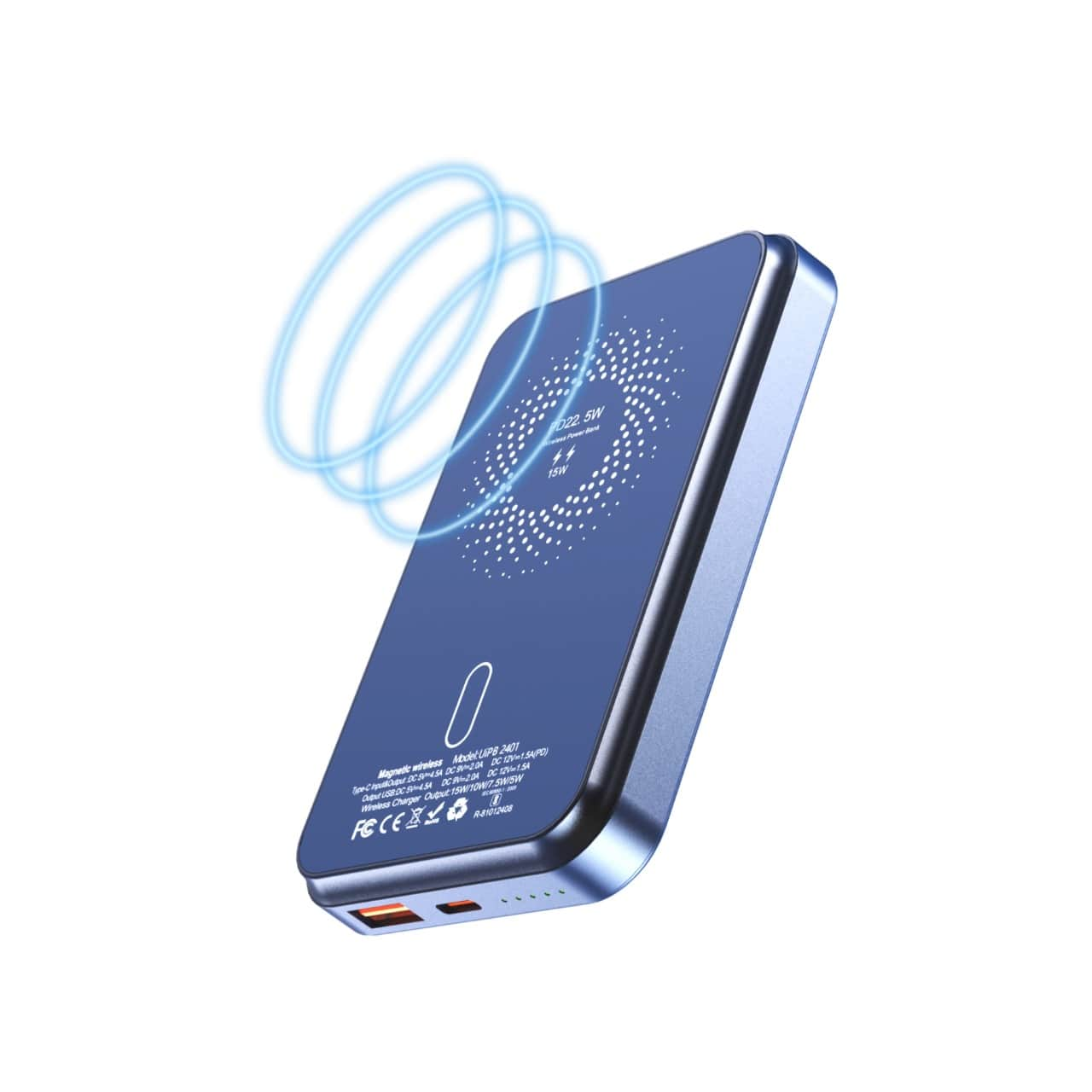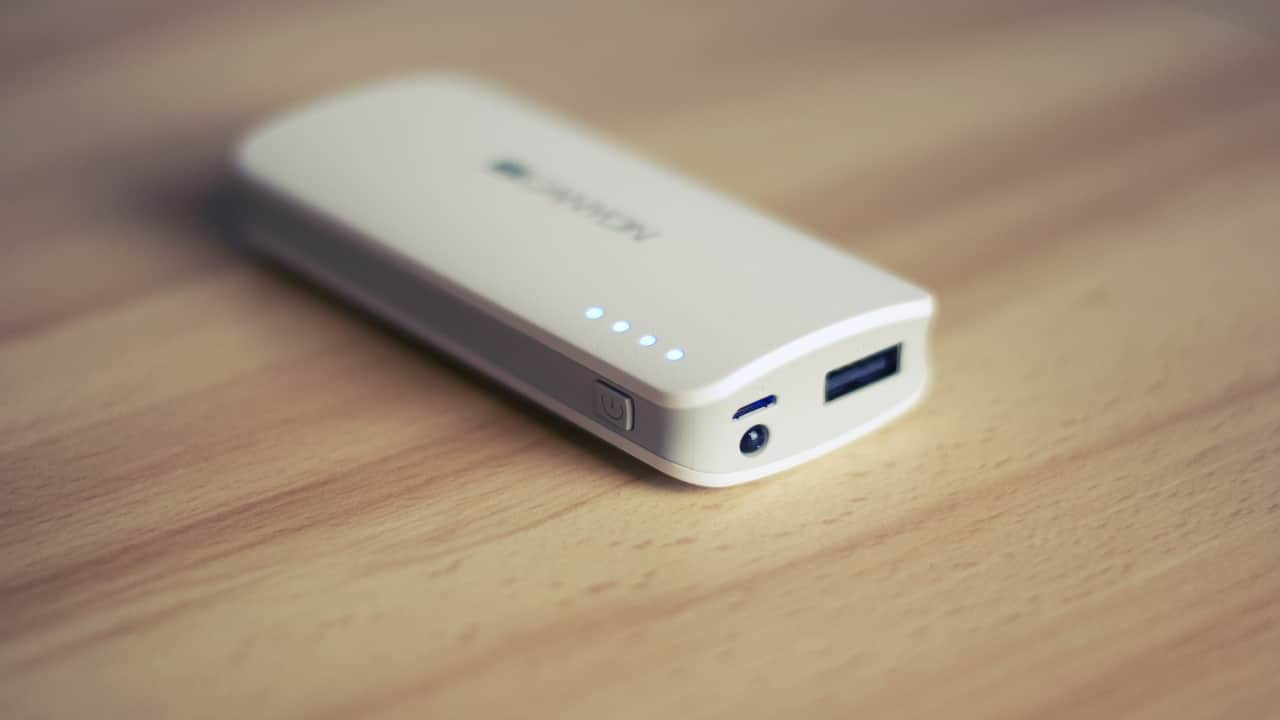5 reasons why power banks blow up in flights and what users can do about it
Incidents of power banks catching fire are increasing day-by-day. While Airline authorities are working on new ground rules for carrying power banks in flights. you should understand how it catches fire and things you can do to prevent it.
1/5

Why battery fires happen in aircraft cabins
Lithium-ion power banks store high energy in a compact pack. When a defect, physical damage, overcharging, rapid discharge, or internal short circuit occurs, the chemical reaction inside can enter “thermal runaway”. In this state, the cell self-heats faster than it can cool, releasing flammable electrolyte and sometimes igniting. Aircraft cabins add further stress: pressure variation, vibration, tight storage and heat from neighbouring devices can worsen instability. If a pouch cell is already swollen or internally stressed, the risk increases during taxiing or climb when loads and motion peak.
Lithium-ion power banks store high energy in a compact pack. When a defect, physical damage, overcharging, rapid discharge, or internal short circuit occurs, the chemical reaction inside can enter “thermal runaway”. In this state, the cell self-heats faster than it can cool, releasing flammable electrolyte and sometimes igniting. Aircraft cabins add further stress: pressure variation, vibration, tight storage and heat from neighbouring devices can worsen instability. If a pouch cell is already swollen or internally stressed, the risk increases during taxiing or climb when loads and motion peak.
2/5

Hidden triggers passengers overlook
Many fires onboard are not spontaneous but linked to behaviour. Keeping a power bank loose in pockets with coins or keys can short the terminals. Using unknown fast-charging cables or cheap adapters can spike voltage. Charging the power bank from seat USB ports can induce heat accumulation because airflow around soft-furnished seats is limited. Storing units in overhead bins allows smoke to propagate unseen before crew can intervene. Using untested, uncertified or counterfeited high-capacity packs further magnifies failure probability.
Many fires onboard are not spontaneous but linked to behaviour. Keeping a power bank loose in pockets with coins or keys can short the terminals. Using unknown fast-charging cables or cheap adapters can spike voltage. Charging the power bank from seat USB ports can induce heat accumulation because airflow around soft-furnished seats is limited. Storing units in overhead bins allows smoke to propagate unseen before crew can intervene. Using untested, uncertified or counterfeited high-capacity packs further magnifies failure probability.
3/5

What flyers can do to reduce risk
Users cannot change cabin physics but can manage controllable risk factors: choose BIS-certified and branded packs with visible Wh labels, avoid swollen or dented banks, cover exposed ports, and do not stack them with metal objects. Do not charge a power bank in flight if an airline forbids it. If one must charge, keep it in open sight at armrest level, not buried in fabric or bags. Keep only the essential number of power banks instead of carrying multiples.
Users cannot change cabin physics but can manage controllable risk factors: choose BIS-certified and branded packs with visible Wh labels, avoid swollen or dented banks, cover exposed ports, and do not stack them with metal objects. Do not charge a power bank in flight if an airline forbids it. If one must charge, keep it in open sight at armrest level, not buried in fabric or bags. Keep only the essential number of power banks instead of carrying multiples.
4/5

Storage discipline matters more than capacity
Even a small capacity bank can fail if squeezed between hard luggage surfaces or heated under lights or blankets. The safest placement is within a seat pocket or under-seat bag where crew can access it quickly, never in checked luggage where intervention is impossible. Avoid overhead compartments because fires there are harder to detect early. Never leave a connected cable dangling, because repeated pulling stress can tear a connector and create a short at the port.
Even a small capacity bank can fail if squeezed between hard luggage surfaces or heated under lights or blankets. The safest placement is within a seat pocket or under-seat bag where crew can access it quickly, never in checked luggage where intervention is impossible. Avoid overhead compartments because fires there are harder to detect early. Never leave a connected cable dangling, because repeated pulling stress can tear a connector and create a short at the port.
5/5

If a power bank shows warning signs mid-flight
Passengers should stop charging and alert crew immediately if they sense hissing, popping, smell of solvent, sudden warmth, or swelling. Early detection is decisive because crews are trained to isolate and contain small fires before escalation. Do not pour water; do not throw the device into the aisle. Let crew follow containment procedures using thermal bags or extinguishers approved for lithium fires.
Passengers should stop charging and alert crew immediately if they sense hissing, popping, smell of solvent, sudden warmth, or swelling. Early detection is decisive because crews are trained to isolate and contain small fires before escalation. Do not pour water; do not throw the device into the aisle. Let crew follow containment procedures using thermal bags or extinguishers approved for lithium fires.
Discover the latest Business News, Budget 2025 News, Sensex, and Nifty updates. Obtain Personal Finance insights, tax queries, and expert opinions on Moneycontrol or download the Moneycontrol App to stay updated!






